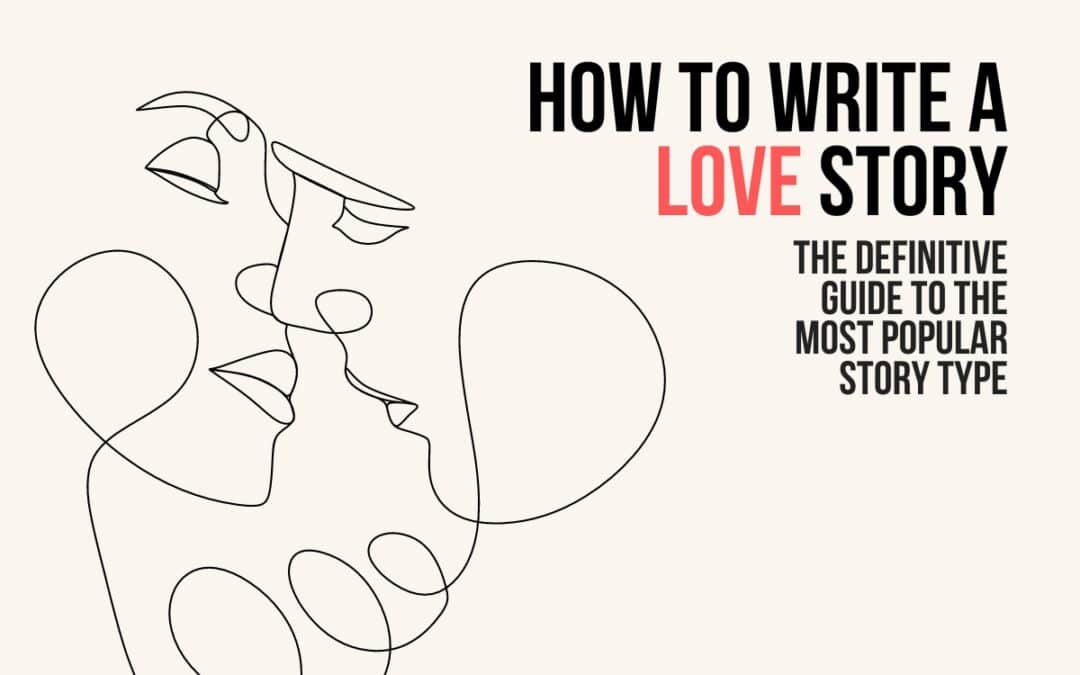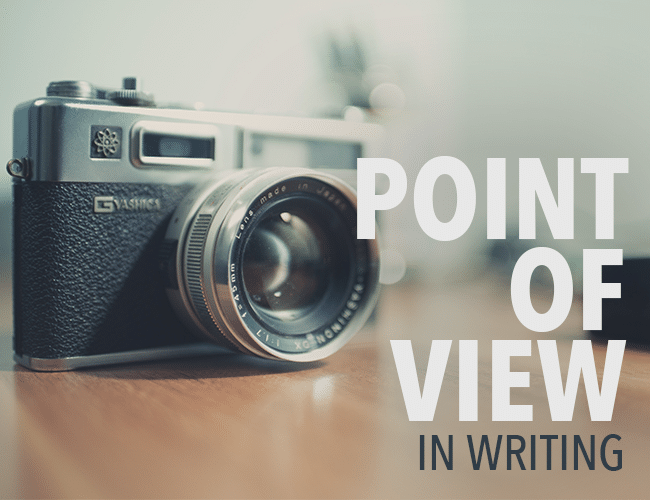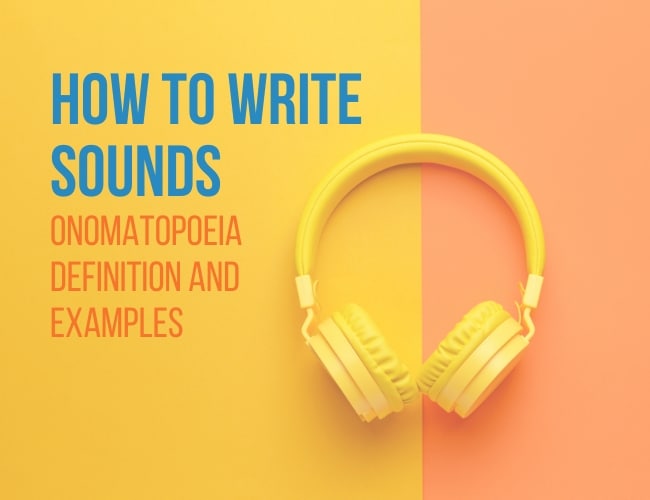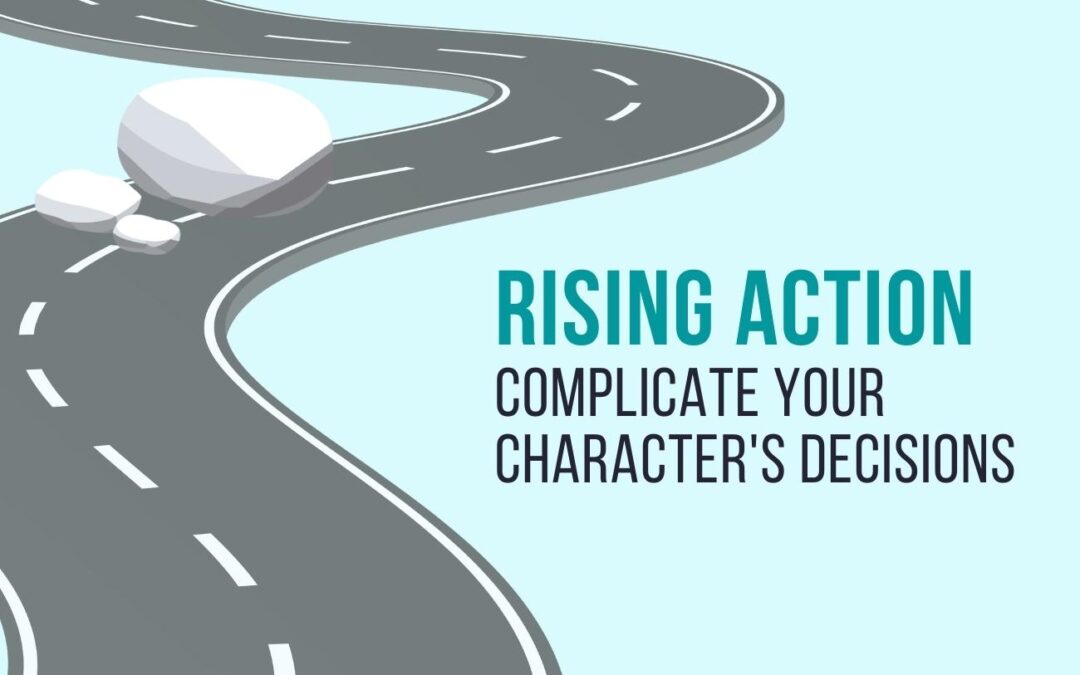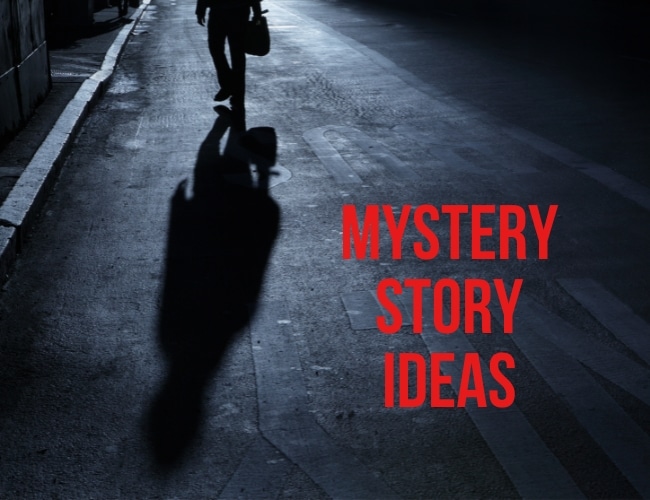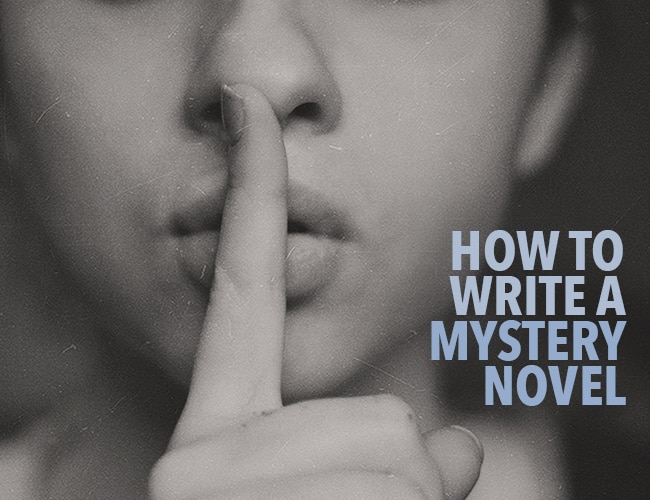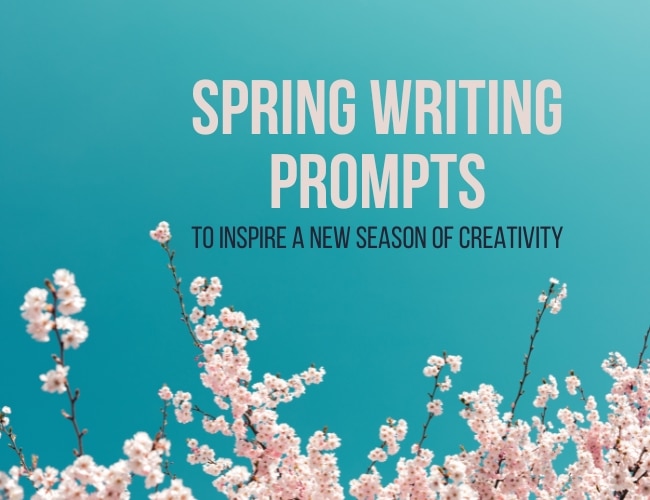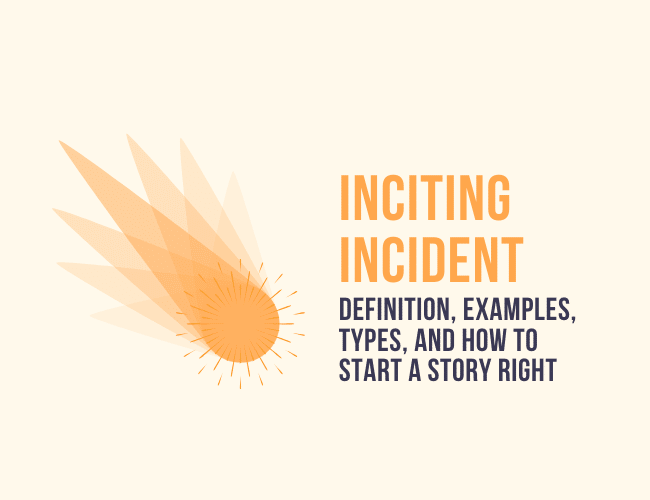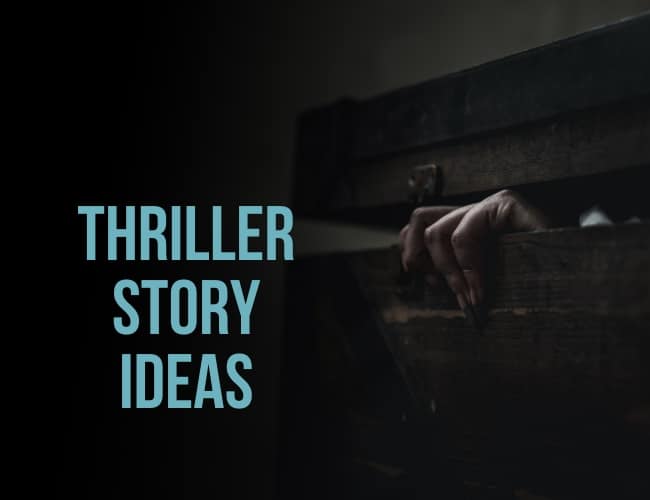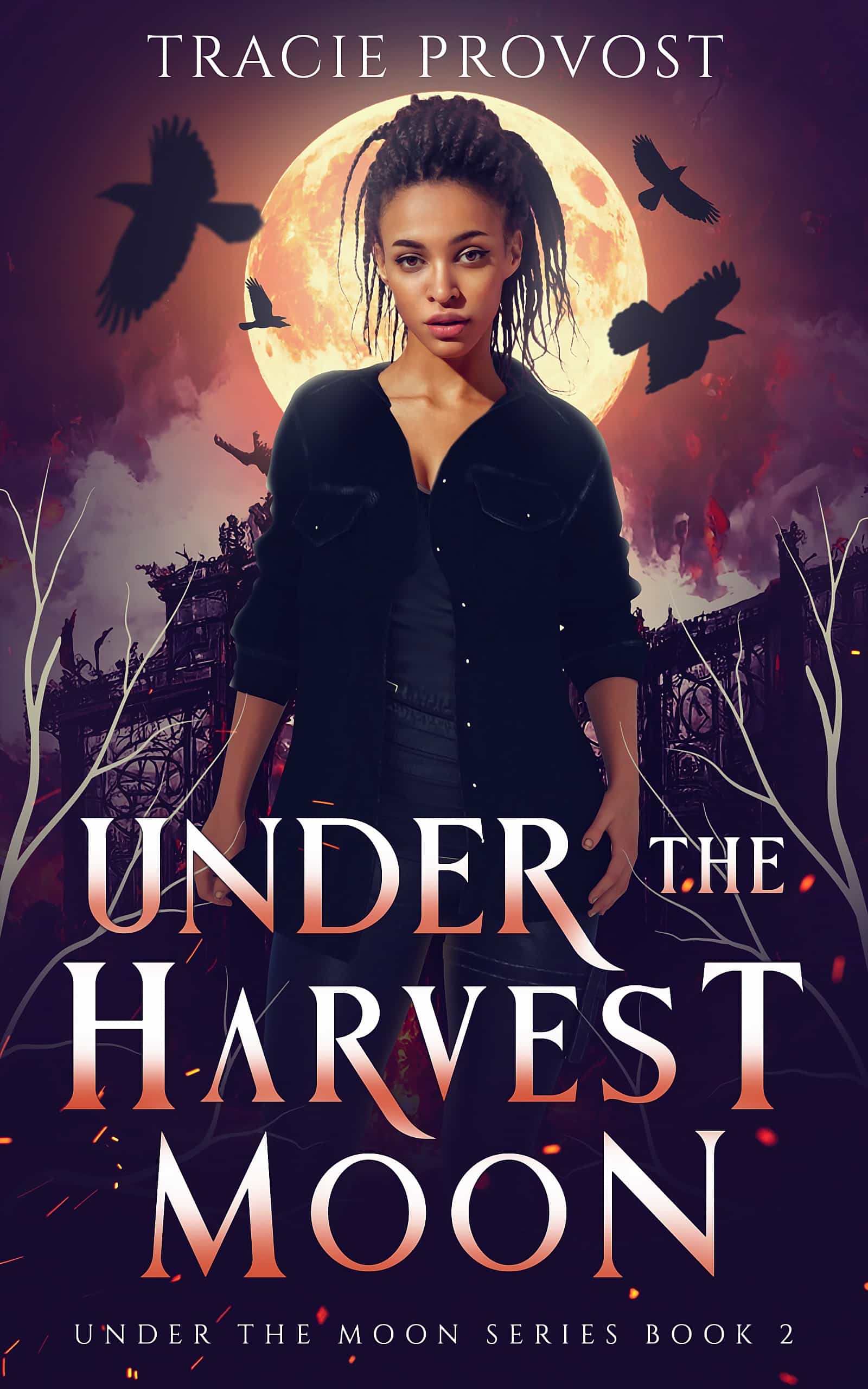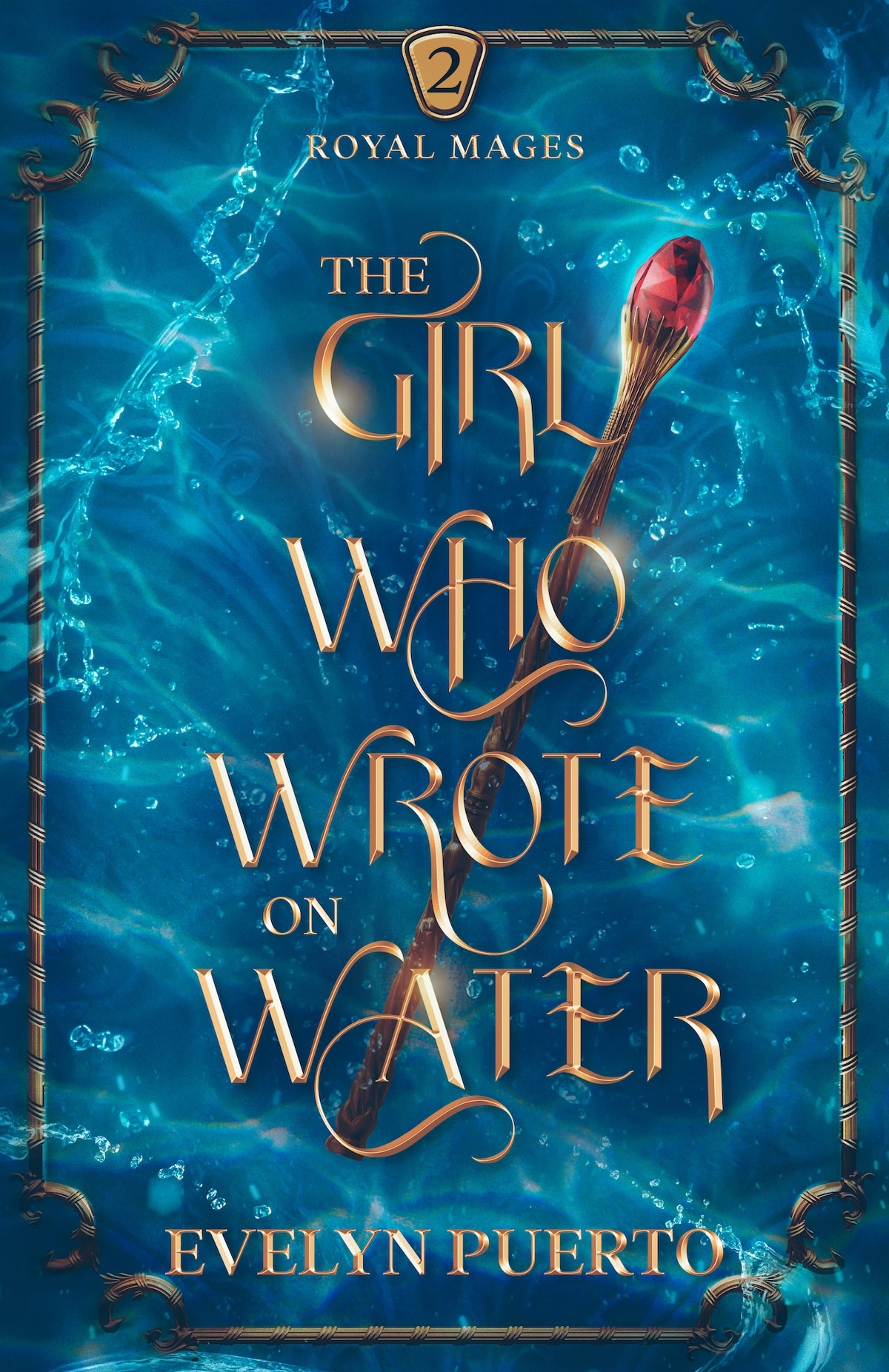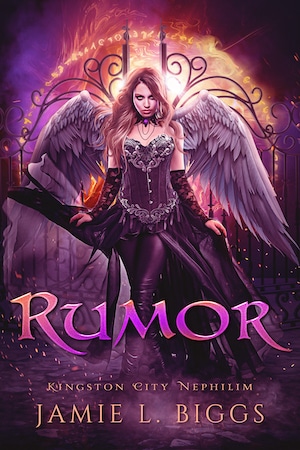Love stories appear everywhere in the films we watch, books we read, and shows we binge. From romance novels and romantic comedies to ninety percent of subplots and even family dramas, love stories are the most common type of story.
Which is all to say, if you want to be a creative writer, you probably need to learn how to write love stories.
In this guide, we’re going to explore love stories of all kinds, from the ones that end “happily ever after” to tragic love stories and even stories that don’t look like love stories but actually are. We’ll talk about the elements of love stories, their structure and arcs, the best love story examples to study, and finally how to actually write a love story of your own.
